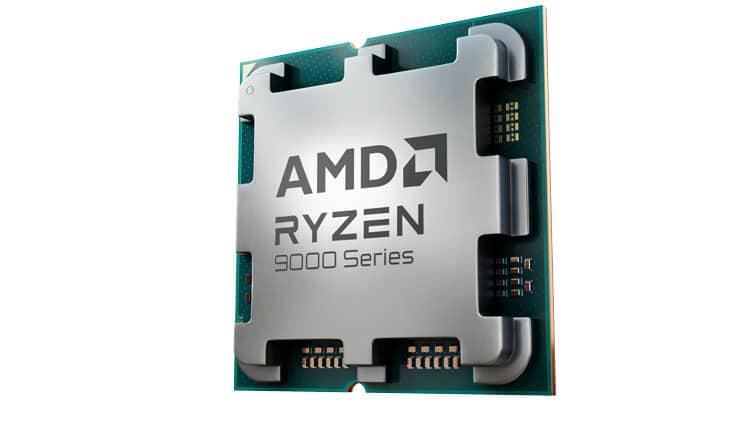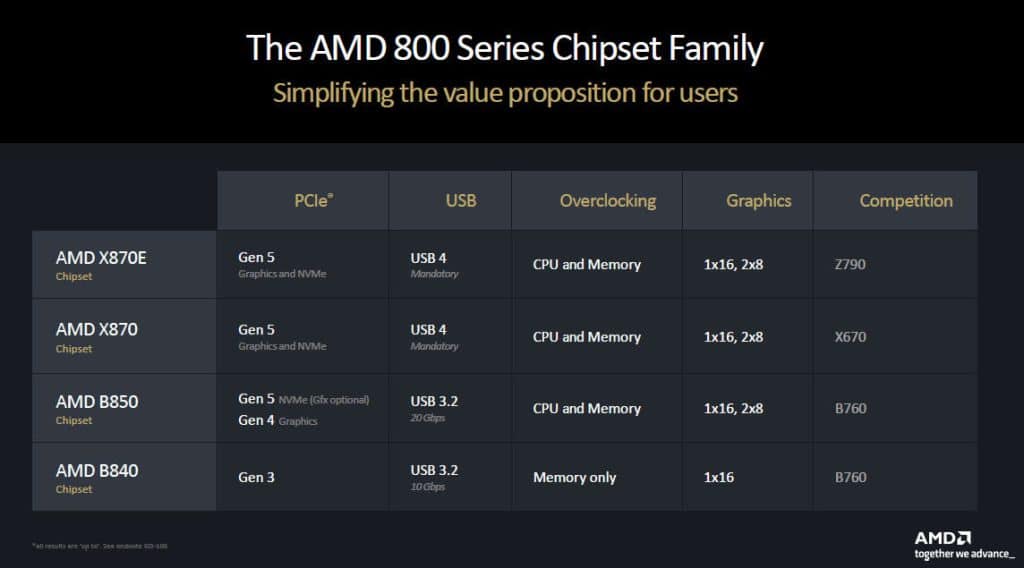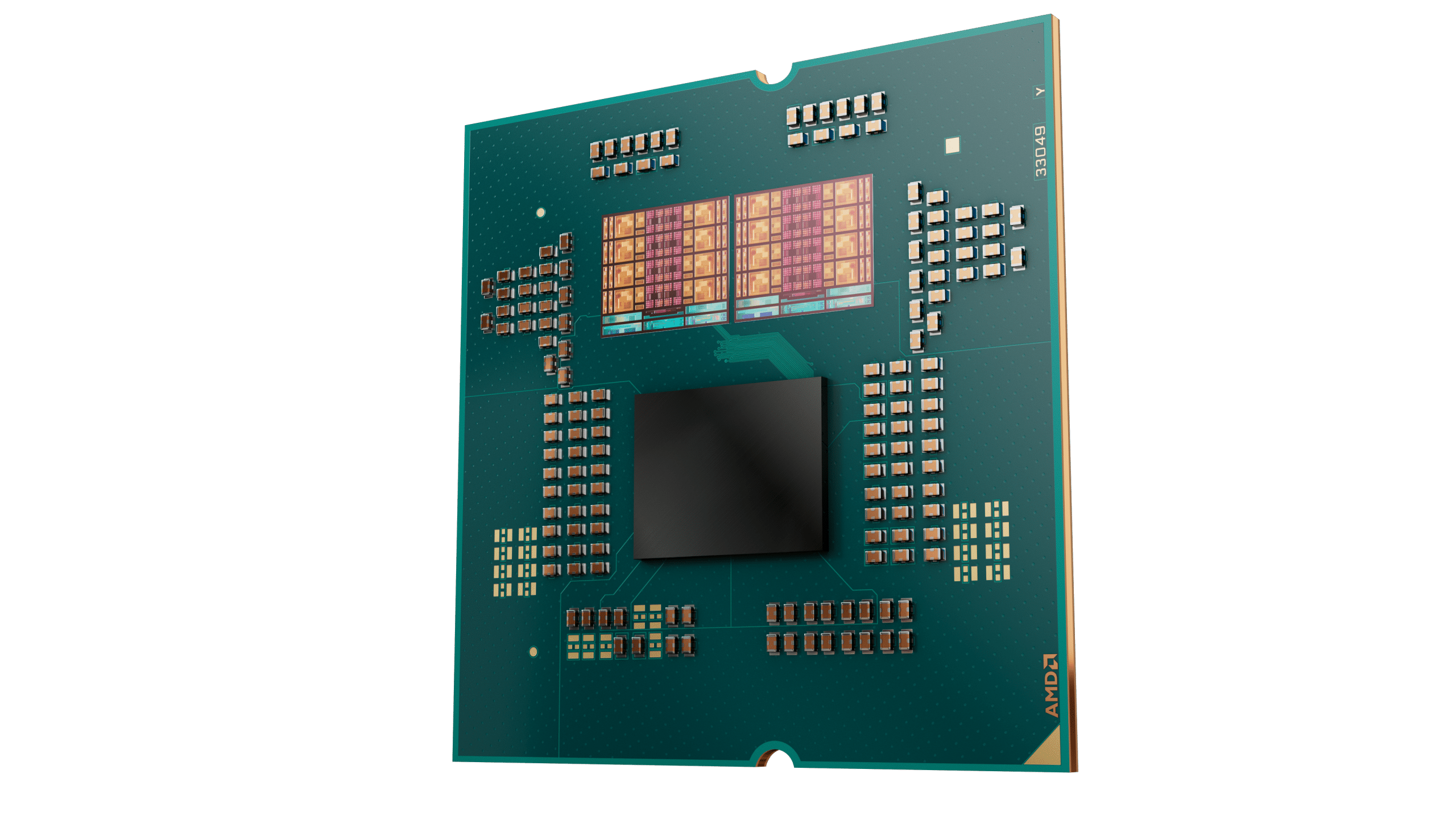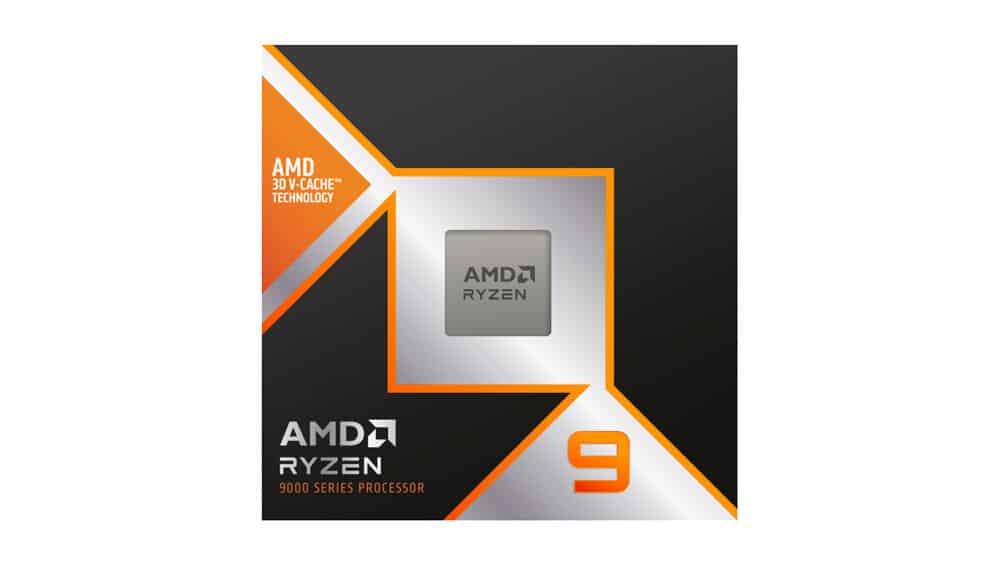The Ryzen 9 9900x is AMD’s second best desktop processor, featuring 12 cores and 24 threads, while keeping its TDP at 120W. Like in the 9950x, AMD suggests to use an AIO to cool down this CPU, but I will try a high-end CPU cooler instead, the Noctua NH-D15 G2, to keep my results compatible with the rest processors that I will compare it with.
After the Ryzen 7 9700x and Ryzen 9 9950x evaluations, I finally found the time to look at the second-best processor of the line, the Ryzen 9 9900x, which comes at a high price of 499 dollars, promising good performance. In this review, I will check the performance claims and compare his performance to previous high-end Ryzen chips, including the 7950X3D. The 9950x proved to be a strong performer at single-thread applications, and its overall performance was also high enough, but I cannot say the same for its gaming performance. Given all the above, I expect something similar from the 9900x.
- AMD Ryzen 9 9950x CPU Review: Performance, Thermals & Power Analysis
- AMD Ryzen 7 9700x CPU Review: Performance, Thermals & Power Analysis
The significant features of the Ryzen 9000 processors, according to AMD claims, are listed below:
- New Architecture: The AMD “Zen 5” architecture boasts substantial improvements to energy efficiency, performance, and AVX-512 / VNNI computational capabilities for machine learning and AI workloads.
- Major IPC Gain: Across a geomean of 13 workloads typical to the desktop market, AMD has measured a +16% geomean improvement in IPC. Following in the footsteps of “Zen 2” and “Zen 3,” the “Zen 5” microarchitecture is the third consecutive AMD microarchitecture with a double-digit IPC gain. Since Piledriver, this places the compounded IPC improvement at 4.1X (based on Geekbench 5 single-thread)
- Improved 512-bit AI Datapath: With an enhanced AVX-512 datapath enabling more floating-point instructions, the AMD Ryzen 9000 Series delivers up to 3X improvement in time to the first token and 1.5X improvement in tokens per second running an LLM compared to the previous generation.
- 4nm Process Technology: The “Zen 5” CCDs migrate to the TSMC 4nm process for substantial power reductions across the range of operations. At AMD standard TDP points (65W/105W/170W), AMD has measured an average +22% gain in performance per watt.
- New 800-Series Platforms: New AMD 800-series chipsets enable new AMD 800-series motherboards. For simplicity’s sake, all X870-series boards (both X870 and X870E) have USB4 onboard and concurrently support PCIe Gen5 on both x16 Graphics and the SSD, unlike the competition. The only differentiator between the X870 and X870E is the amount of I/O: SATA, total PCIe lanes, etc.
- New EXPO Memory Speeds: The new AMD 870-series motherboards have been optimized for overclocking and, depending on the overclockability of your specific hardware, can reach DDR5-8000 and beyond (see the overclocking section below).
- New socket longevity commitment: AMD is committed to supporting this socket through 2027+ so that users can buy with confidence in future CPU upgrade support
With these new processors, AMD aims for less power usage, lower thermal loads, and quieter operation since the cooling systems will be less stressed than previous generation CPUs. According to AMD’s statements, the thermal resistance improvement reaches 15%, and the temperature reduction at the same TDP is 7 degrees Celsius.
Overclocking seems to be an essential aspect of the new processors, with the new AGESA supporting up to DDR5-8000 speeds. There is a new memory overclocking on-the-fly option and memory-optimized performance profiles. Memory OC is enabled on all AM5 chipsets. The processor also has a new “Curve Shaper” overclocking feature.
AMD will soon release new chipsets for higher performance. However, the new CPUs are also compatible with the existing chipsets, which require a BIOS update to fully exploit their capabilities.
One of the most critical aspects of AMD’s processors is the support that the socket AM5 has and will enjoy up to 2027. For IT standards, such extended support to a socket is remarkable, and users appreciate that because they won’t be forced to change the mainboard in the next upgrade.
Specifications
The Ryzen 9000 series currently consists of four models, ranging from 6x cores and 12 threads to 16x cores and 32x threads. The TDP of the lower two models is 65W, while the two higher models have 120W and 170W TDP. Against the current high-end Intel processor, the i9-14900K, AMD has the Ryzen 9 9900x, while the Ryzen 9 9950x plays alone at the top of the CPU chain.
| AMD Ryzen 9 9950x | AMD Ryzen 9 9900x | AMD Ryzen 7 9700x | AMD Ryzen 5 9600x | |
| Cores/Threads | 16/32 | 12/24 | 8/16 | 6/12 |
| Max Boost | 5.7 GHz | 5.6 GHz | 5.5 GHz | 5.4 GHz |
| Base Clock | 4.3 GHz | 4.4 GHz | 3.8 GHz | 3.9 GHz |
| L2 Cache | 16x 1MB | 12x 1MB | 8x 1MB | 6x 1MB |
| L3 Cache | 64MB | 64MB | 32MB | 32MB |
| TDP | 170W | 120W | 65W | 65W |
| Default Socket Power (PPT) | 200W | 162W | 88W | 88W |
| Max Socket Power | 230W | |||
| Max Current (EDC) | 225A | 180A | 150A | 150A |
| Max Current, Thermally Limited (TDC) | 160A | 120A | 75A | 75A |
| TjMax | 95°C | |||
| Stock/Auto Voltage Range (Active Core) | 0.650 – 1.475V | |||
| Typical Loaded Temperatures | 70-90°C | |||
| Boost Algorithm | Precision Boost 2 | |||
| Recommended Cooler | 240-280mm liquid (or equivalent) | Mid-frame tower cooler (or equivalent) | ||
| Max Memory Speed (Non-OC) | DDR5-5600 (2x 16GB) | |||
| ECC Support | Enabled in-silicon, support varies by motherboard | |||
| CCD Die Size | 70.6 mm2 | |||
| CCD Transistor Count | 8.6 billion/per CCD (up to 2 CCDs for 17.2 billion) | |||
| IOD Die Size | 122 mm2 | |||
| IOD Transistor Count | 3.4 billion | |||





How? I’ve got a 9900x and playing high end games throttles with a Thermalright Peerless Assassin. I’m going to have to water cool this thing just to be able to game lol.
A Peerless Assassin would not be able to hold the 9900X cool in a high usage environment, the real solution really is a heftier cooler, got myself a MSI Mag Coreliquid A13 and the highest temperature my 9900X got while editing was only 80C.